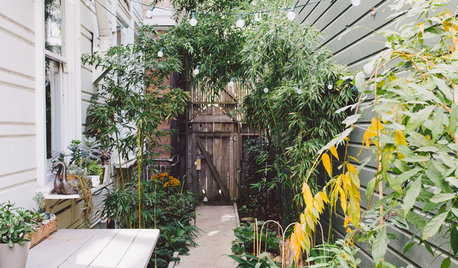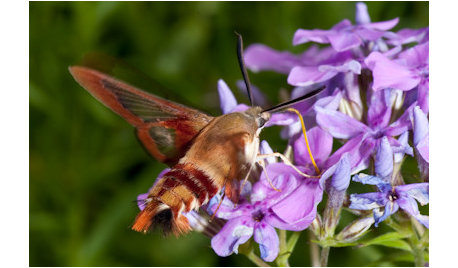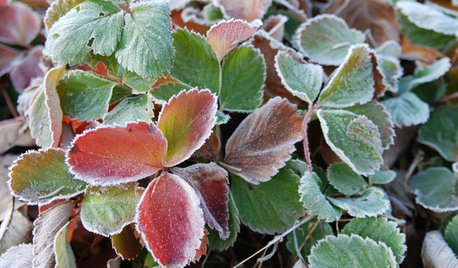What is the most nutritiuos plant to feed to your Compost
scarletdaisies
13 years ago
Featured Answer
Comments (38)
borderbarb
13 years agoscarletdaisies
13 years agoRelated Professionals
Suffern Landscape Architects & Landscape Designers · Maple Heights Landscape Architects & Landscape Designers · Allentown Landscape Contractors · Beachwood Landscape Contractors · Columbine Landscape Contractors · Mastic Beach Landscape Contractors · Pomona Landscape Contractors · River Ridge Landscape Contractors · Soddy Daisy Landscape Contractors · West Coon Rapids Landscape Contractors · Whittier Landscape Contractors · Hawaiian Gardens Landscape Contractors · Dorchester Center Decks, Patios & Outdoor Enclosures · Boone Decks, Patios & Outdoor Enclosures · Lakewood Decks, Patios & Outdoor Enclosuresscarletdaisies
13 years agocurt_grow
13 years agogtippitt
13 years agoluckygal
13 years agopippimac
13 years agoflora_uk
13 years agojoepyeweed
13 years agoalbert_135 39.17°N 119.76°W 4695ft.
13 years agolizziem62
13 years agoscarletdaisies
13 years agoscarletdaisies
13 years agogtippitt
13 years agopippimac
13 years agoflora_uk
13 years agojolj
13 years agoGreeneGarden
13 years agopiedmontnc
13 years agoLizzieStark
11 years agoallen456
11 years agodocmom_gw
11 years agotoxcrusadr
11 years agoKimmsr
11 years agorickd59
11 years agoGreeneGarden
11 years agojonfrum
11 years agotoxcrusadr
11 years agosandy1616
11 years agorickd59
11 years agosandy1616
11 years agorickd59
11 years agowalt1
9 years agotoxcrusadr
9 years agojosko021
9 years agoglib
9 years agoLloyd
9 years ago
Related Stories

GARDENING GUIDESGet on a Composting Kick (Hello, Free Fertilizer!)
Quit shelling out for pricey substitutes that aren’t even as good. Here’s how to give your soil the best while lightening your trash load
Full Story
GARDENING AND LANDSCAPING10 Ways to Make the Most of Your Side Yard
Don’t overlook the possibilities for this often-forgotten space
Full Story
GARDENING GUIDESHouzz TV: Make a Worm Bin for Rich Soil and Happy Plants
A worm-powered compost bin that can fit under a sink turns food scraps into a powerful amendment for your garden. Here’s how to make one
Full Story
FARM YOUR YARDHow to Get Good Soil for Your Edible Garden
The nutrients in your soil feed the plants that feed you. Here are tips on getting it right — just in time for planting season
Full Story
GARDENING FOR BUTTERFLIES3 Ways Native Plants Make Gardening So Much Better
You probably know about the lower maintenance. But native plants' other benefits go far beyond a little less watering and weeding
Full Story
EDIBLE GARDENSGarden BFFs? Why Your Vegetables Are Begging for Companion Plants
Foster friendships among plants for protection from pests, pollination support and color camaraderie
Full Story
FARM YOUR YARDHow to Build a Raised Bed for Your Veggies and Plants
Whether you’re farming your parking strip or beautifying your backyard, a planting box you make yourself can come in mighty handy
Full Story
GARDENING GUIDESGreat Design Plant: Prairie Phlox Draws Winged Beauties
Beauty and a sweet fragrance are just the beginning with this spring bloomer. Watch the butterflies and moths descend on it for nectar
Full Story
GARDENING GUIDESGreat Design Plant: Strawberries for All Seasons
An edible carpet? It's possible with a mass planting of this tough ground cover
Full Story
GARDENING GUIDESGreat Garden Combo: 3 Wonderful Plants for a Deer-Resistant Screen
Protect your privacy and keep deer at bay with a planting trio that turns a problem garden area into a highlight
Full StoryMore Discussions






pippimac